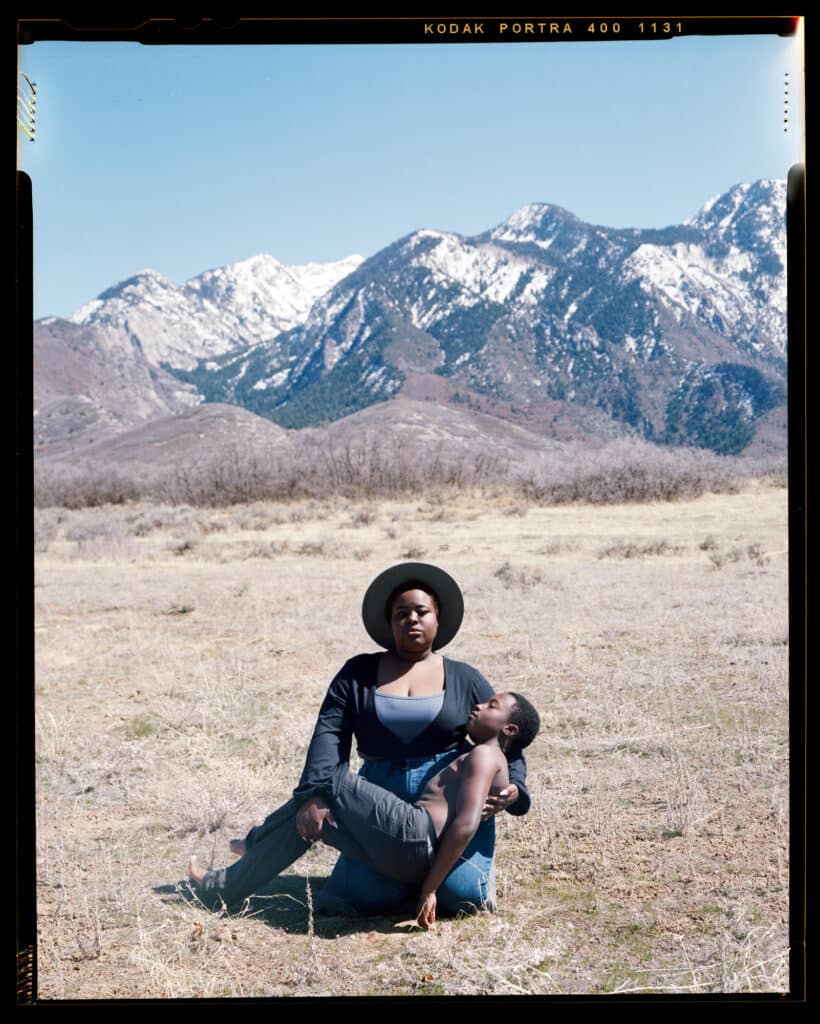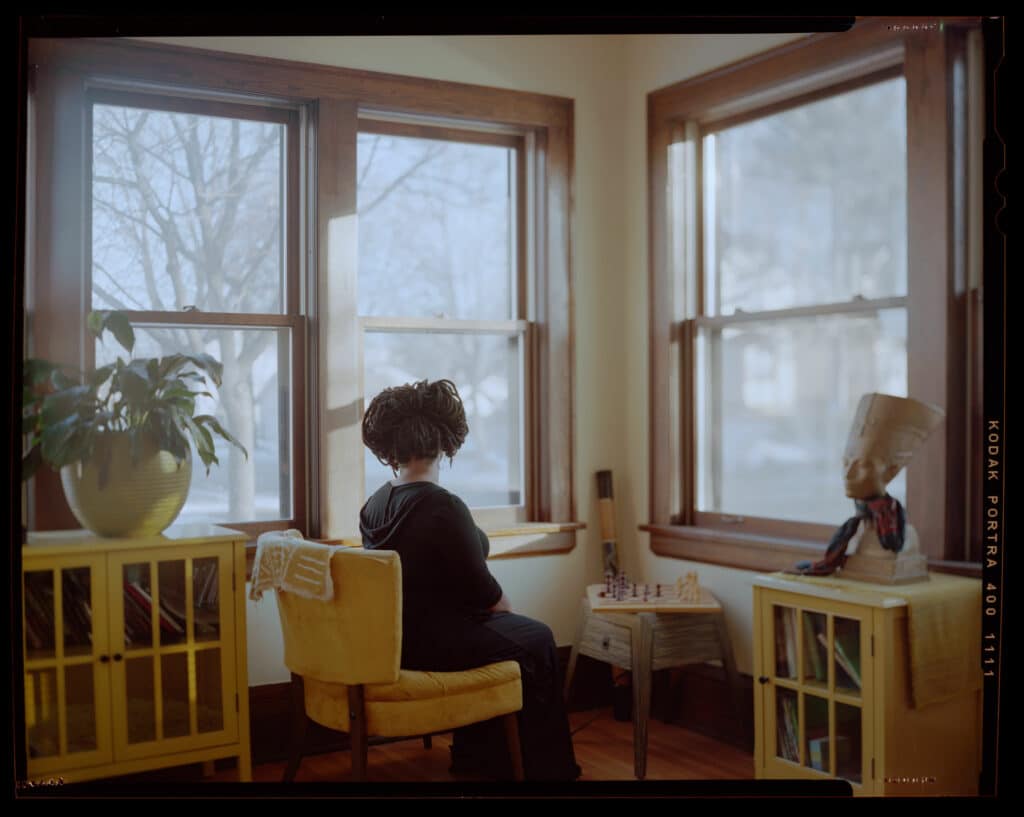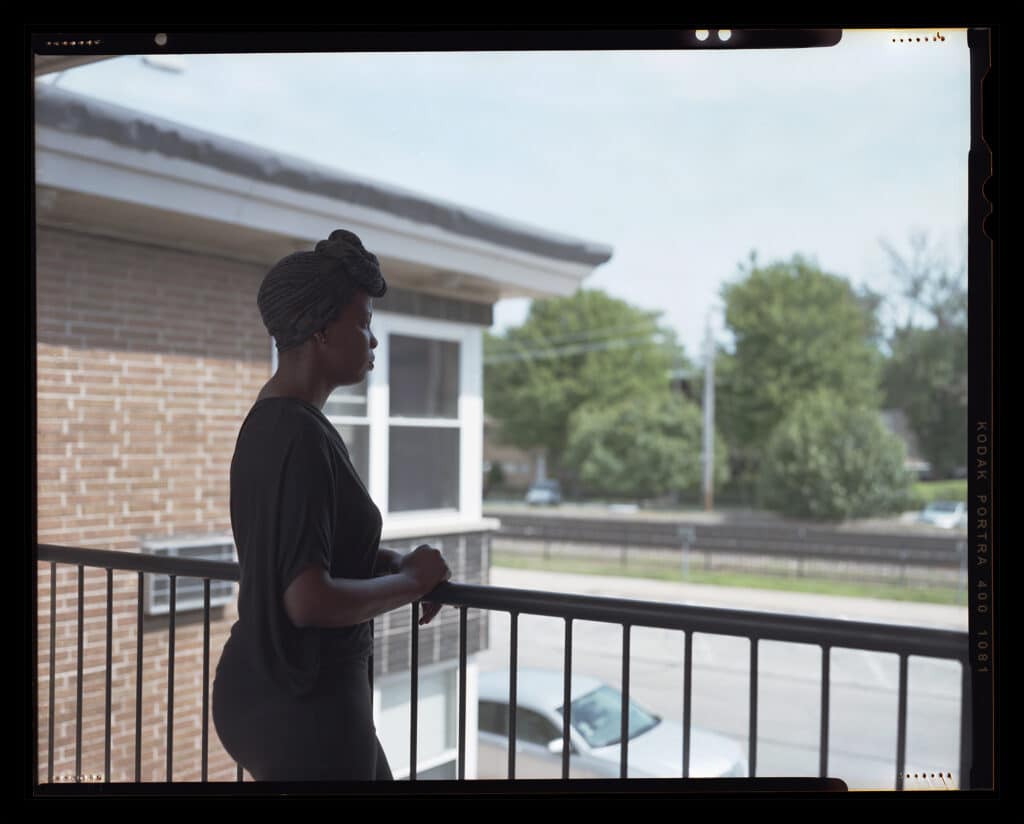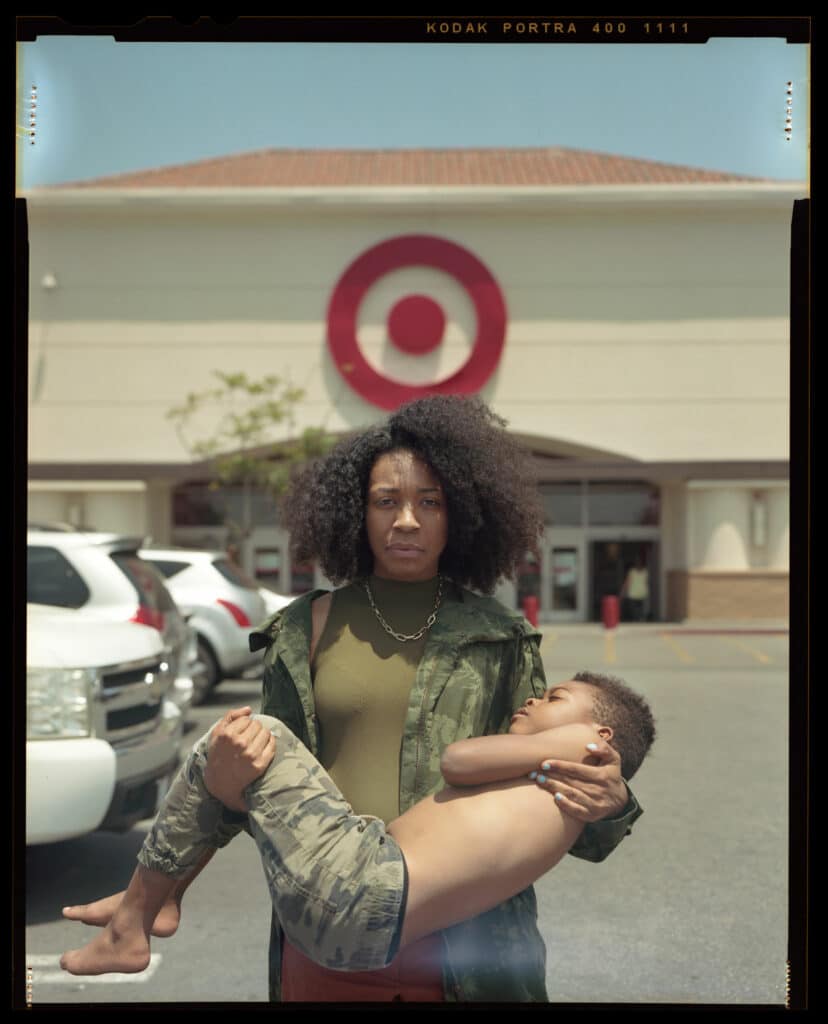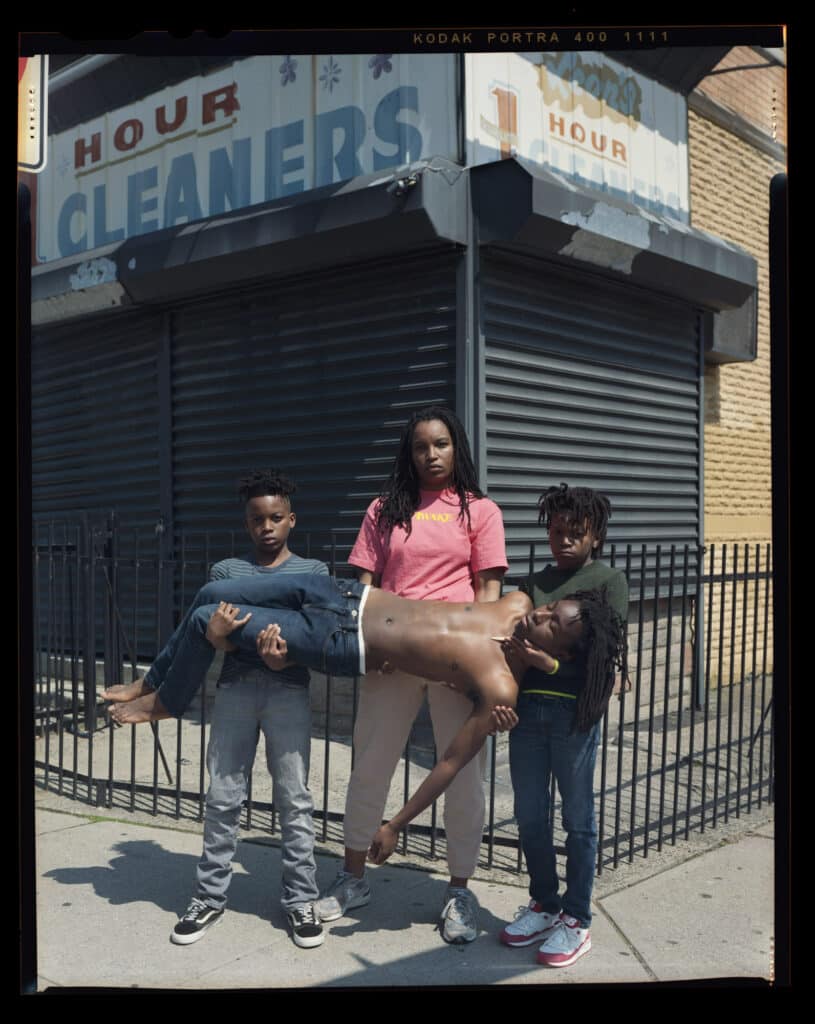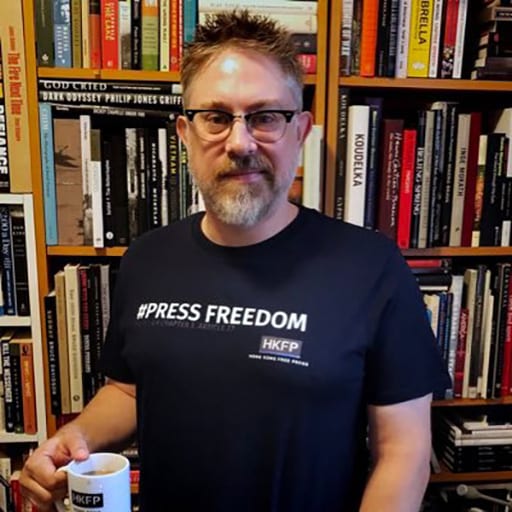In the early hours of November 25, 2006, in the Jamaica neighborhood of Queens, New York, 23-year-old African American Sean Bell was killed in a hail of fifty bullets fired by police officers at the car he was in. Two of his friends, who were also in the car, were wounded in the incident. The group had been a club for Bell’s bachelor party, and Bell was to be married later that day.
The police say that they followed Bell and his friends to their car thinking they were going to start a fight by getting weapons. Joseph Guzman, one of the wounded men and a friend of Bell’s, said the police never identified themselves as they approached the car with guns drawn and began firing. No weapons were found with Bell or his friends.
People took to the streets in protest, calling out what they and many others including the then mayor of New York City, Michael Bloomberg, saw as excessive force used by the police. The officers involved were indicted by a grand jury, put on trial, but all were acquitted.
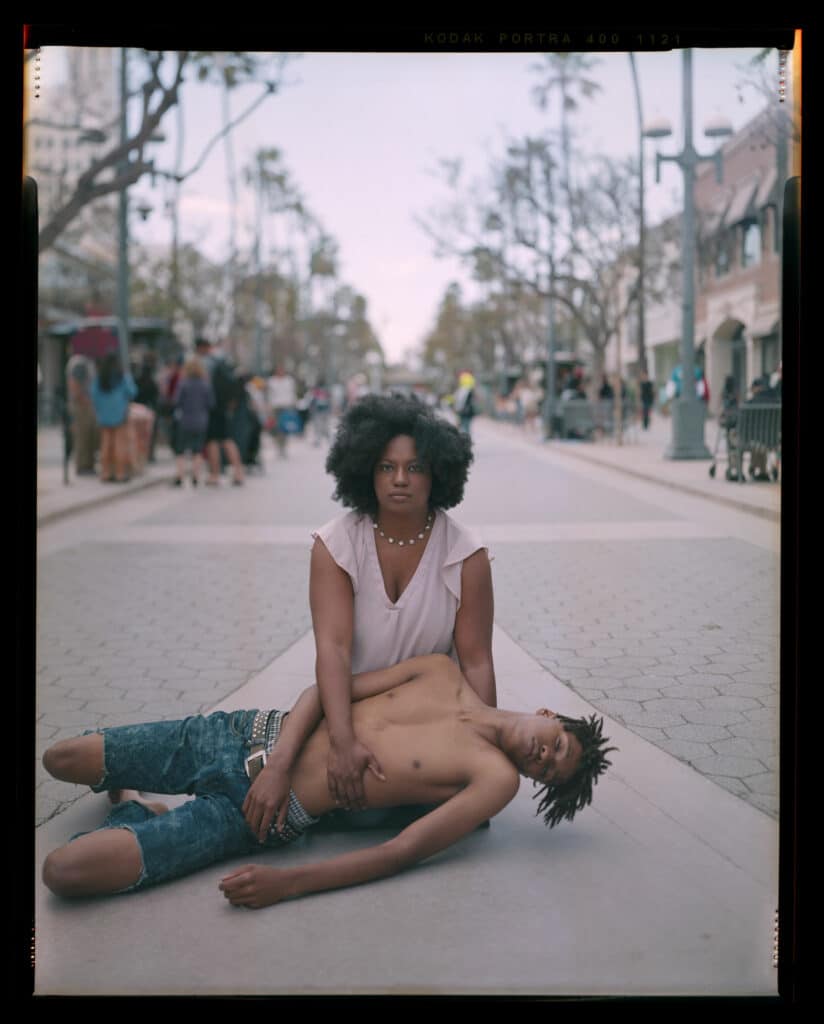
The symbol of the pietà
For photographer Jon Henry, the events hit close to home. He had been born and raised in Queens, and had spent time in Jamaica, which is just a short drive away. And as he watched the story play out in the news and the police being set free in the end, he thought about Bell, and how he would never get married, and the family Bell left behind. But he also thought about his own friends and family as well. “Later on that year one of my good friends was getting married and at his bachelor party, in the middle of New Jersey … that’s all I could think of, was what if this was happening to him? What if this was happening to us?”
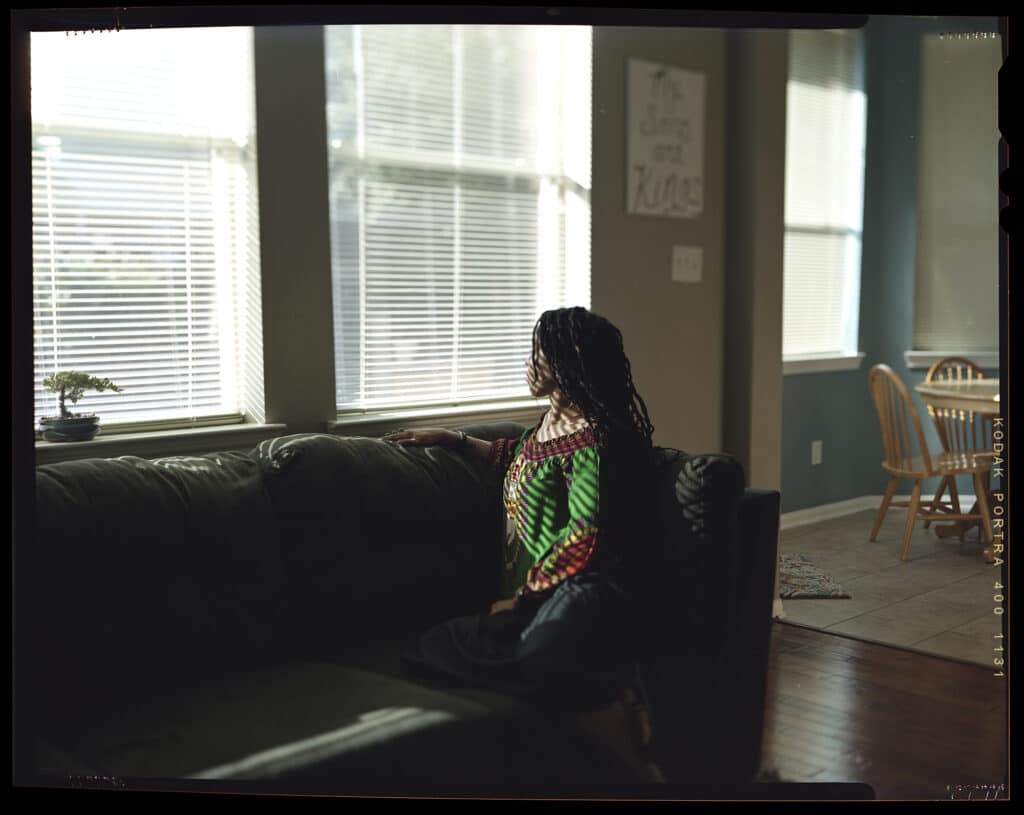
What stuck with Henry from the tragic story of Sean Bell, and of others killed in police shootings, was the mothers and all that they go through. He knew he wanted to create something about mothers and the violence that was taking their sons, but it was a question of how, and in what form. “Thinking of the mothers especially, how they’re lost in these tragedies,” he says. “You see them when it happens, you see them at the trial, see them after the trial, and then they’re afterthoughts … I wanted to say something about it, but at the same time, I didn’t know what to say and I didn’t know how to say it.”
Henry grew up in a household where he was exposed to photography through his parents, who were amateur photographers. But when he was in high school, with the advent of digital cameras, his own exploration of photography began. “I started carrying around disposable cameras, going around school and stuff and just photographing friends,” Jon Henry tells. “And that’s kind of where it started. And then I got my little digital camera, and we started doing silly things like taking photos of our sneaker collections and stuff like that. And that’s how it grew bit by bit from there.”
At the same time, Henry was also working at his church, where he took in all the religious iconography and the stained-glass windows. At the same time, he was also studying painting independently, and in part Renaissance painting. Through this exposure, Henry picked up on the motif of the pietà, its relationship to mothers and sons.
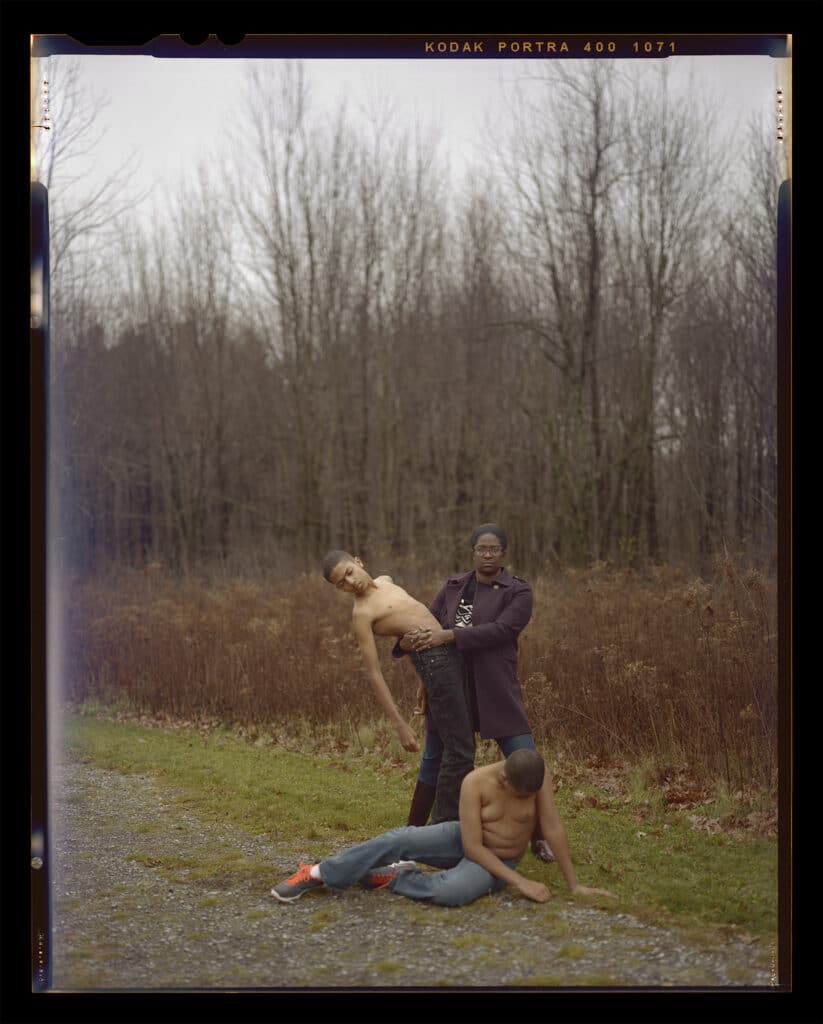
Henry looked at how the pietà had been used in art over time, from Michelangelo and Titian all the way through to modern artists like Serrano, Renee Cox, and Dr. David Driskell. This conversation between the classical artists and contemporary artists fit well into the language he wanted to use in his photographs. “I thought that would be a natural thing to pick up on, thinking of mothers and sons, of people today. Sons who are not dead, but again, them understanding the reality that this is something that could happen to them, that could happen to their community.”
Henry made the first photograph in Stranger Fruit in 2014 using a friend of his as the model. Afterwards, while Henry did not know if he had a project or not at first, he continued through 2014 and 2015 photographing friends and family members throughout New York City. But as the work progressed, and Henry realized he did have a series, he wanted to expand to cities around the country. But it was not random decisions about where to take the work.
“There was just a list of cities that I knew that I wanted on the list,” he says. “Of course there were the major cities like LA, Chicago, and New York. The last two cities that I worked in were Salt Lake City and Omaha … I wanted smaller cities or cities that you wouldn’t anticipate these images being made in. So, even Houston, Little Rock, New Orleans, they’re still big cities, but they don’t also have that same feel as a New York or Chicago. That’s why I was looking at all these different cities.”
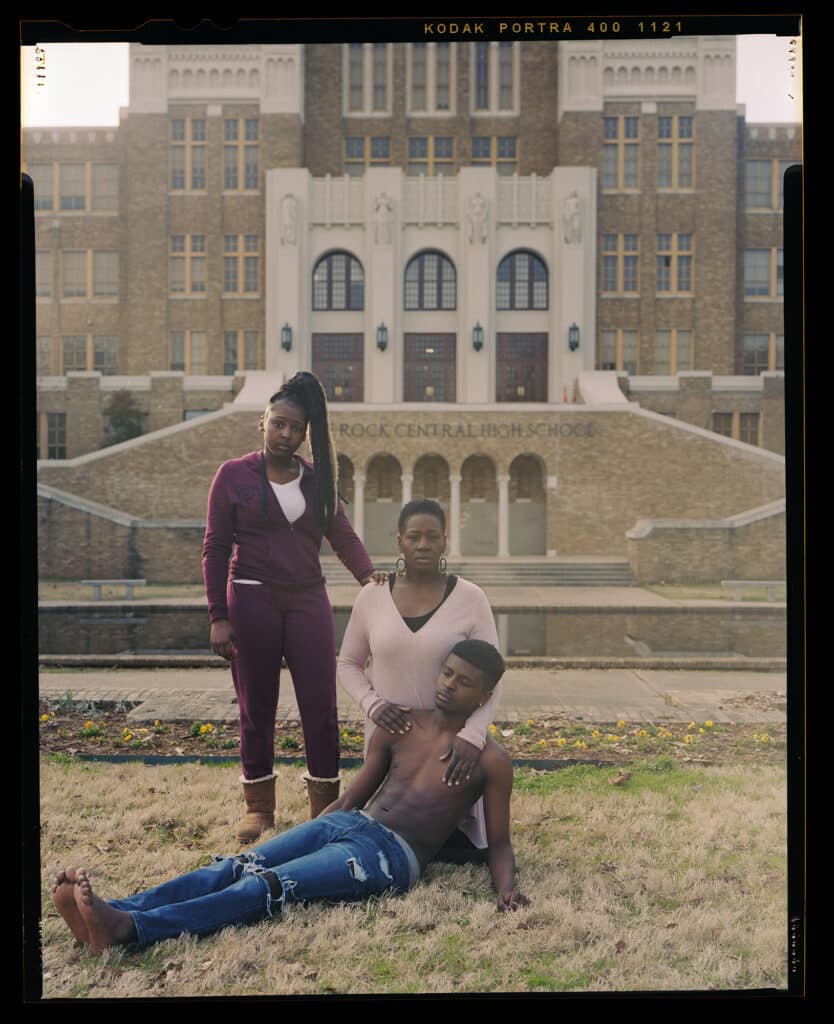
“The mother’s looking at the camera, the mother’s looking at the viewer”
Henry found the people to take part through a combination of methods. While working in Los Angeles, he would directly ask people that he met if they were interested. In other instances, he used social media to reach out to people. And the network he built of mothers and their children would also sometimes put him in contact with people they knew in other cities who they thought would be interested in taking part in the series.
The photographs themselves are made using large format cameras, and Henry only make a handful of exposures during each shoot. But this decision, like everything else in the project, is done for a specific reason.
“I knew that early on, before the project started, I knew that this had to be shot on a four by five. It was already at the limits of digital. I knew that I couldn’t get the images that I wanted with digital. I wanted to think of the work as working at one image at a time, thinking of it as a painter, as opposed to being a photographer. Everything in the images is about the mothers; the mother’s looking at the camera, the mother’s looking at the viewer. And I think again, that’s a byproduct of using the four by five that really brings that out.”
The photographs are only part of the project though. The words of the mothers who have taken part also plays a major role in the series and the book. Henry sends the mothers a questionnaire after the shoots, which is 5 to 6 questions that acts as a conversation starter.
It asks them to describe the act of holding their sons during the photo sessions. What they think of the project going in. How they approach the topic of protection with their son. And list keywords that they would use to describe the series and what’s going on in the country. “That’s what’s been really transformative about the work, hearing them,” he says. “The images are my words, the artist statement are my words, but having the words of the mothers in the project be part of it is really what is important and really what stands out.”
It’s this combination of his photographs and the mothers’ words that Henry hopes will drive the series home in the eyes of those who look at the book. It’s the intimacy of reading the words and seeing the photographs in a book as you hold it and are absorbed into it that makes the viewer become involved in the work.
“I think everything is really in the book and especially when you read the text, married with the images. That’s really brings everything to a head and really completes the work. I’m just excited for people to see the book and to really get to live with the words and go through it image my image.”
Stranger Fruit can be pre-order through publisher Kris Graves Projects here, $54.
